
Definition
Corns & Calluses: A buildup of thick, hardened skin on the feet.
General Info
Thick, hard skin can occur on any part of the foot. However, corns and calluses are particularly common on the toes, and they are caused by prolonged pressure or friction on the skin. Though not life-threatening, corns and calluses are often unsightly and may cause pain or disability when the skin buildup gets too thick or causes pressure on sensitive parts of the foot.
A corn is thickened skin on the top or sides of the toes, whereas a callus is thickened skin on the soles of the feet. The skin thickening that occurs with these foot problems is a protective reaction by the body to avoid painful blisters. Corns that develop on the tops or ends of the toes are called heloma durum (hard corns), and corns that develop between the toes are called heloma molle (soft corns).
Common locations for hard corns on the toes include the first toe joint, or proximal interphalangeal joint, and the ends of the toes. Soft corns may develop between any of the toes and are caused by shoes that pinch the forefoot. Soft corns are seen more often in people who wear shoes with tapering toe boxes. Tapering toe boxes force the normal spade shape of the forefoot into an unnatural wedge shape.
The skin beneath the metatarsal heads is among the most common locations for calluses. Calluses may also form around and/or under the heel. In rare instances, calluses may form in the foot arch. Arch calluses are usually associated with extreme foot deformities.
Signs & Symptoms
Common signs and symptoms associated with corns and calluses include:
- Waxy skin
- Flaky and dry skin
- A hardened, elevated skin bump
- Areas of thick and hardened skin
- Pain or tenderness under the skin
Possible Causes
Pressure from shoes or the ground on the feet is the most common cause of corns and calluses. Other factors that may contribute to the buildup of thick, hardened skin on the feet include:
- Ill-fitting shoes or socks
- Prolonged physical labor
- Sock bunching or socks that possess seams near the toes
- Certain athletic activities that place significant stress on the feet
Helpful Strategies
Obtaining and using appropriate men’s or women’s footwear as well as undergoing manual therapies to reduce skin thickening are among the most common and effective conservative strategies for treating corns and calluses. Dr. Swaim's CalluSTOP is an excellent natural foot care product for reducing calluses. Correct Toes toe spacers can be helpful in preventing contact and skin thickening between the toes. The FootFitter Pumice Stone is another helpful tool to reduce corns or calluses and is best used after soaking the feet. Over-the-counter acid plasters are also helpful in treating corns and calluses, although they should be used with extreme caution, as they contain acid that’s capable of damaging normal tissue surrounding corns or calluses. Individuals with diabetes, nerve-related conditions, and/or poor circulation should avoid using acid plasters because these conditions can make it difficult to feel acid damaging healthy skin tissue.
It’s important to seek the help of a foot care professional if manual skin reductions or the adoption of foot-healthy footwear fail to resolve the problem.

WANT TO IMPROVE YOUR FOOT HEALTH?
Let the team at Natural Footgear help you! Subscribe to our newsletter for the latest offers and helpful info, and sign up for our FREE email courses on various topics and foot health conditions.
Sign Up →
Want to Improve Your Foot Health?
We are here to help you every step of the way. Get our newsletter for the latest offers and helpful info, and sign up for our FREE email courses on various topics and conditions, including bunions, hammertoes, neuromas, plantar fasciosis, shin splints, ingrown toenails, and more.
Sign Up →
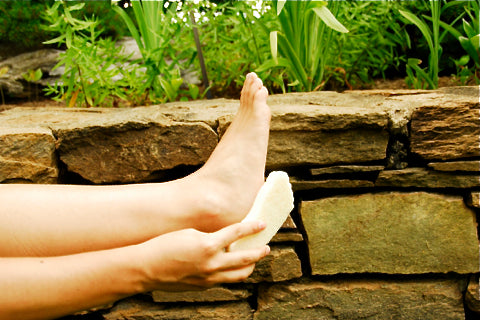 This short video discusses corns, a common toe problem that's characterized by localized areas of skin thickening. In this video, Dr. Ray McClanahan, a sports podiatrist at Northwest Foot and Ankle and the inventor of Correct Toes, explains that there are two types of corns: soft corns (which occur between the toes) and hard corns (which occur on the outside aspects of the toes). Both types of corns, notes Dr....
Read more
This short video discusses corns, a common toe problem that's characterized by localized areas of skin thickening. In this video, Dr. Ray McClanahan, a sports podiatrist at Northwest Foot and Ankle and the inventor of Correct Toes, explains that there are two types of corns: soft corns (which occur between the toes) and hard corns (which occur on the outside aspects of the toes). Both types of corns, notes Dr....
Read more



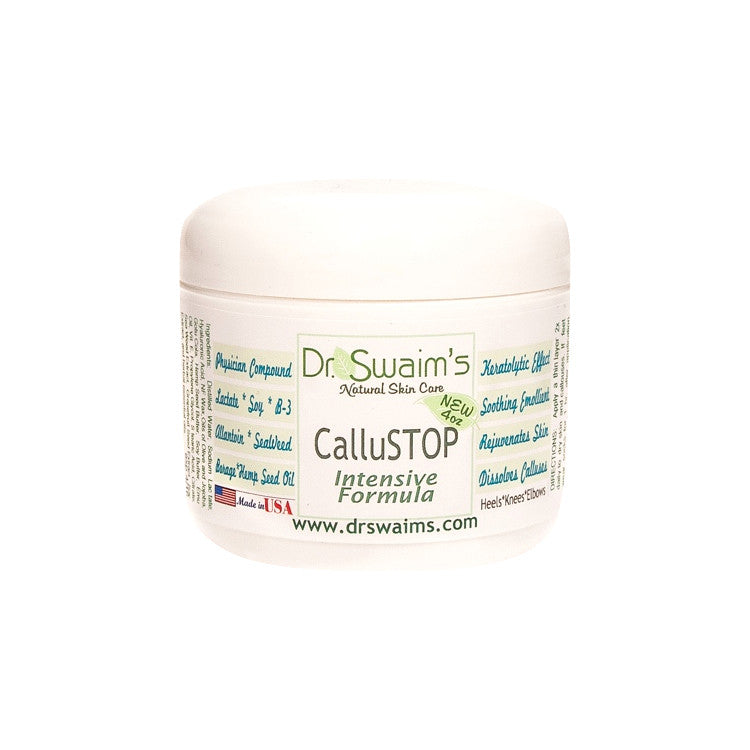
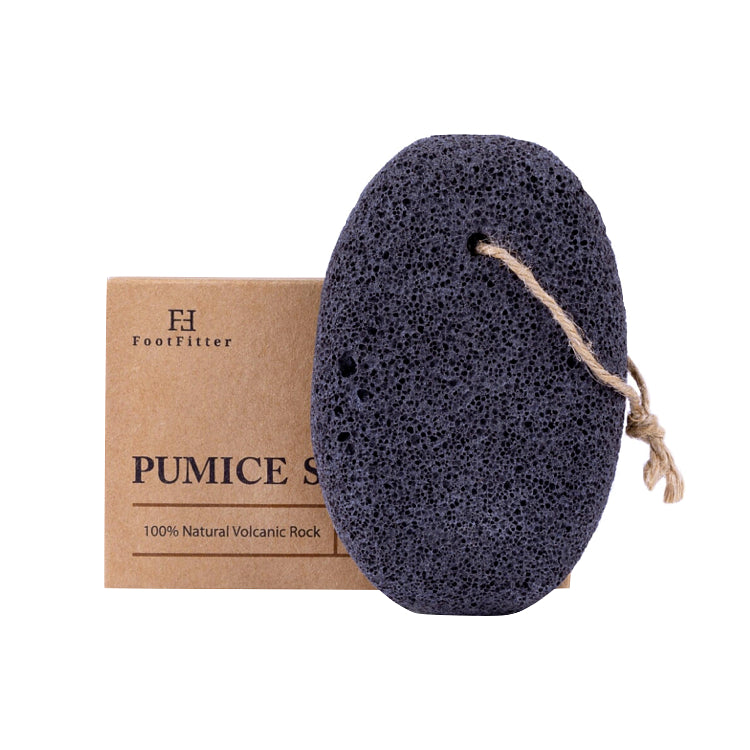
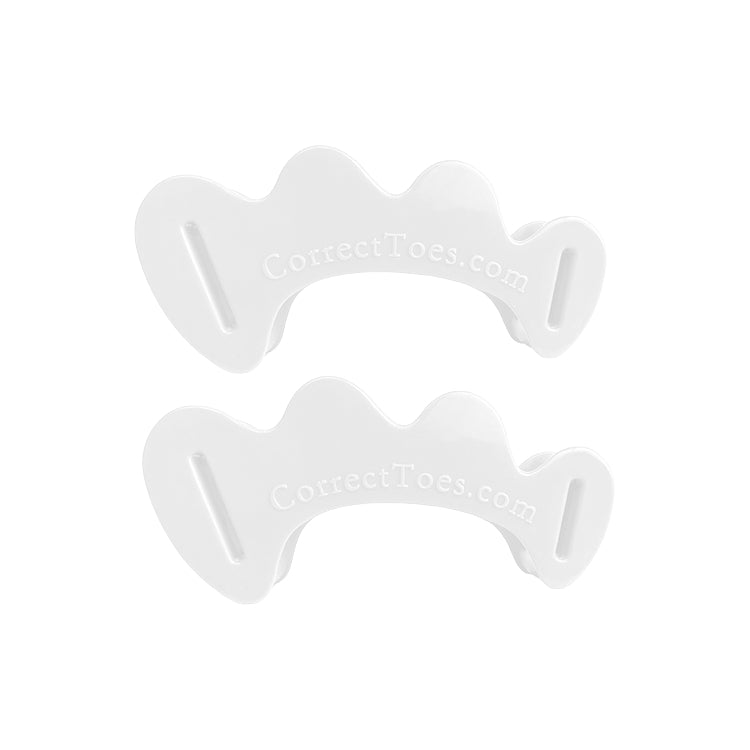
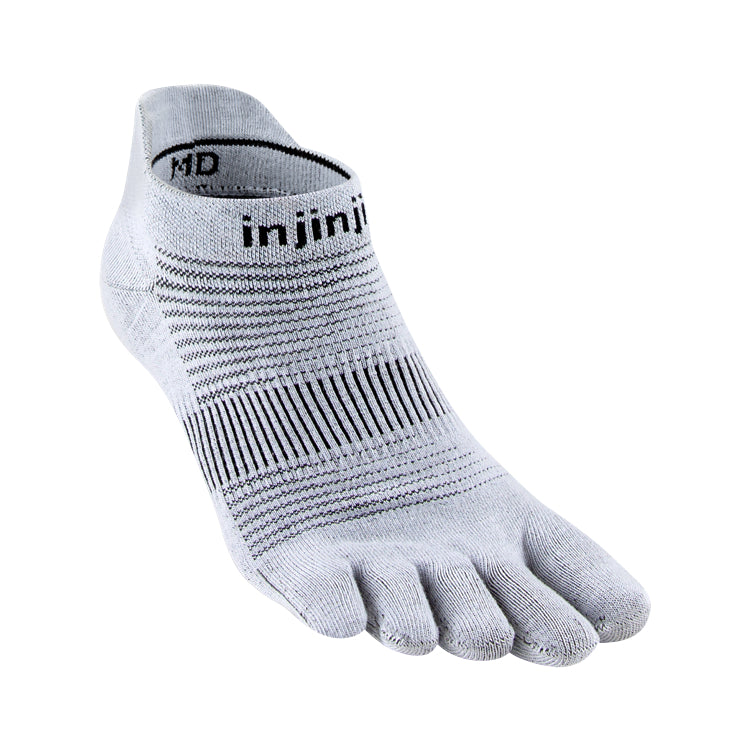
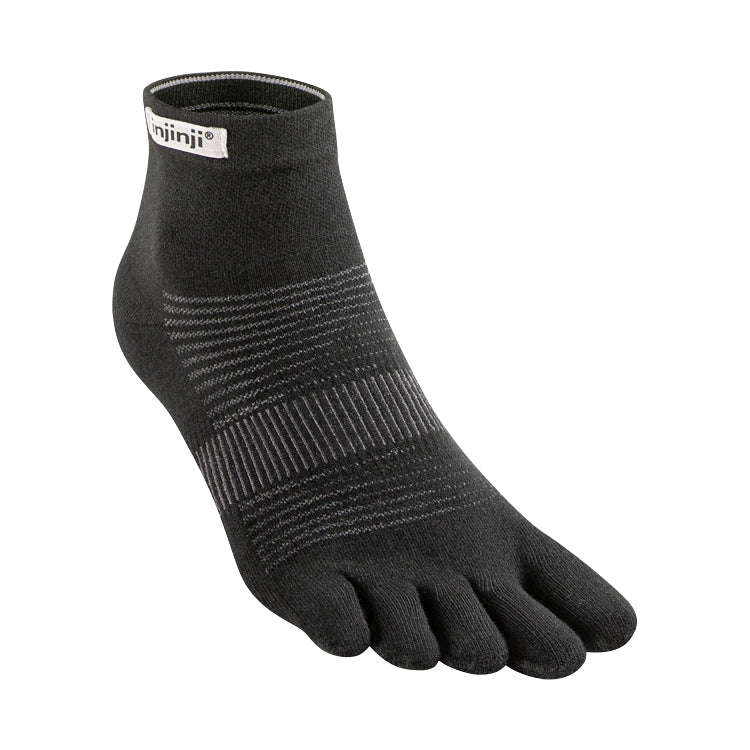
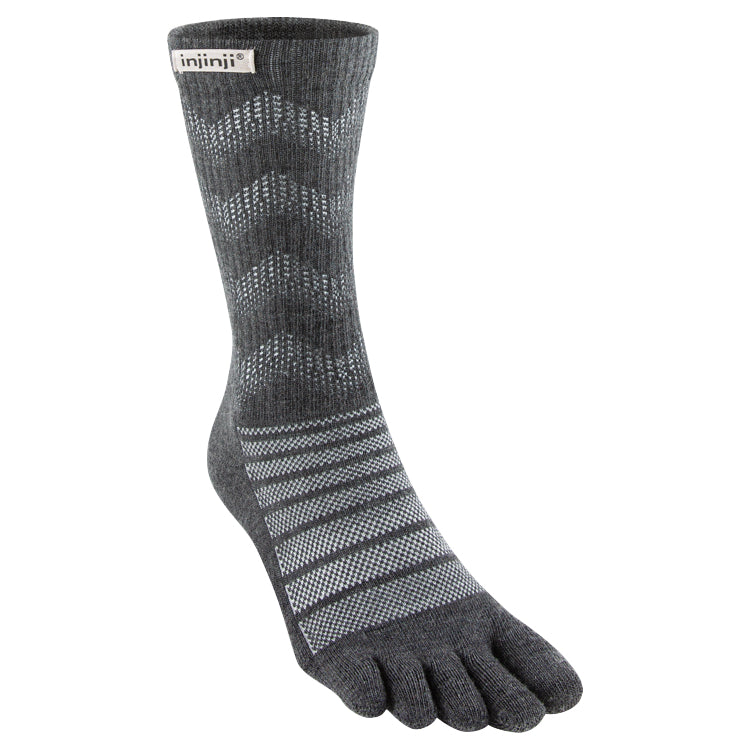
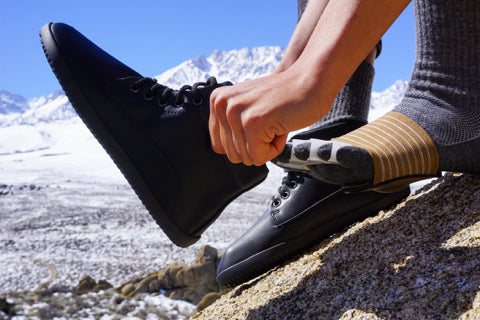
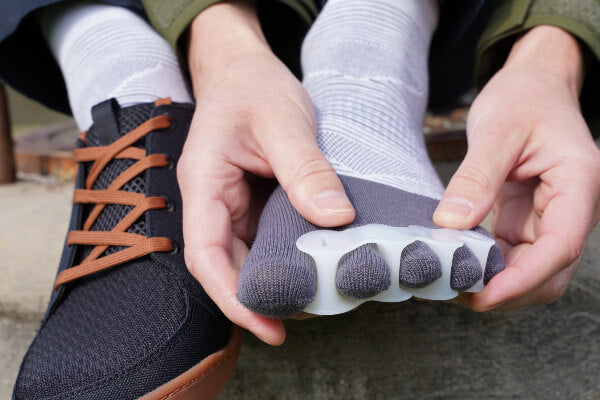
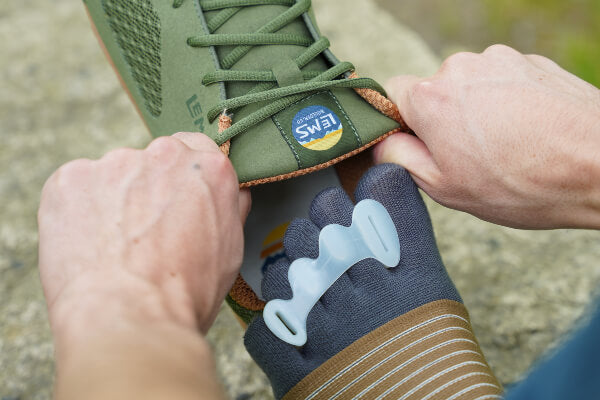
What causes corns on the bottom of the forefoot?
Hi, Chellam,
Many thanks for your question. Corns on the bottom of the forefoot are typically caused by repetitive friction or pressure. In many cases, ill-fitting shoes or abnormal gait patterns (such as excess pressure on the ball of the foot) contribute to the formation of corns. Wearing shoes with a wider toe box and ensuring your feet have good mobility and alignment may help prevent further corns from developing.
All the best,
Robyn Hughes, ND